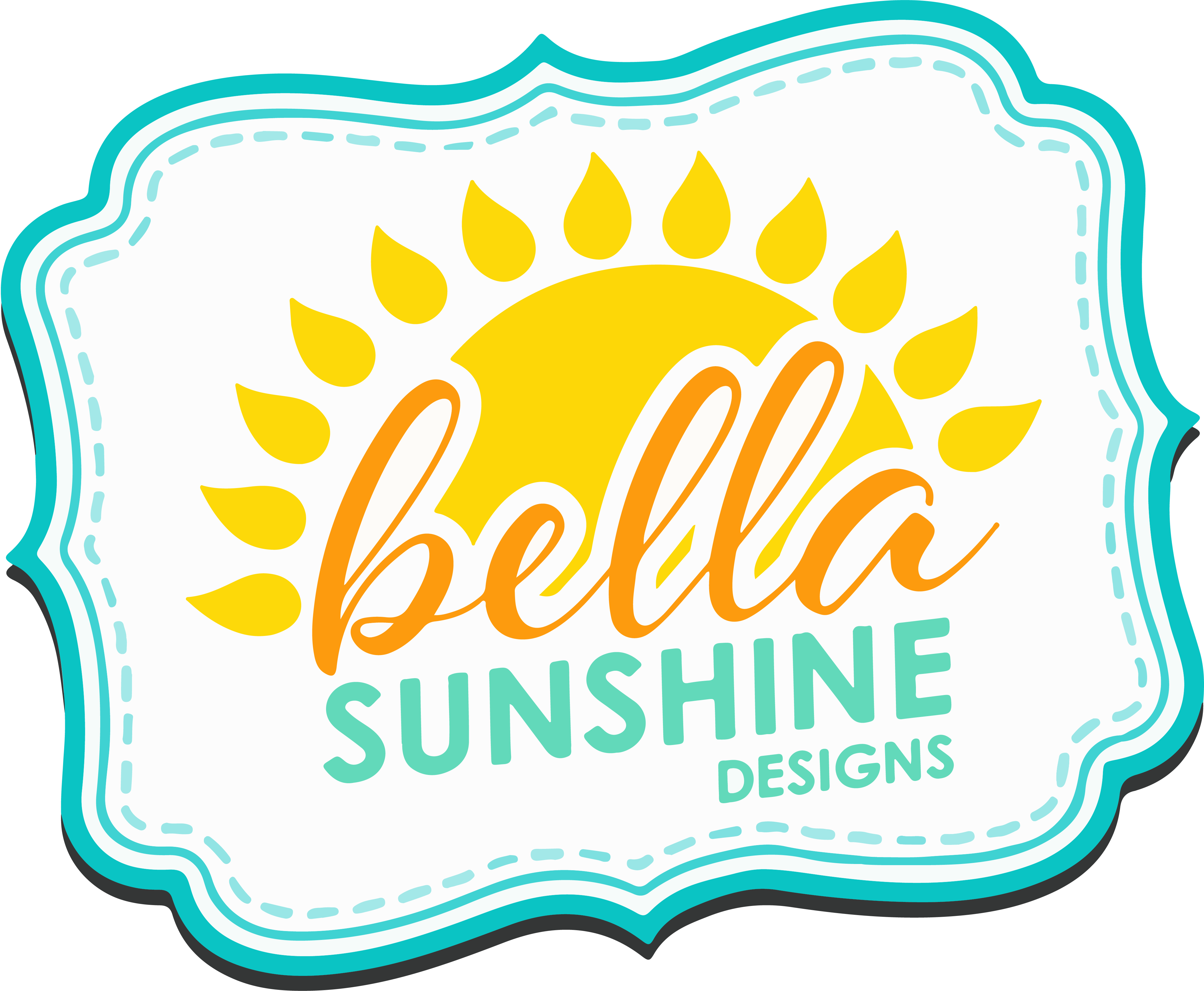
7 Machine Stitches You Can't Ignore
Straight Stitch

A straight stitch is by far the most common and widely known stitch in the sewing world. It is the most basic way to machine stitch two pieces of fabric together. It is used for many things like piecing a quilt, sewing seams into a woven fabric project, topstitching, and under-stitching... the list goes on. (For example, you would use this stitch a lot in sewing the new Tess Tulip Shorts in ladies or girls sizes)
Zig-Zag Stitch

A zig-zag stitch is a common way to finish seams or sew knits on a less advanced sewing machine. A wide stitch sewn along the raw edge will keep the fabric from fraying. A narrow zig-zag used on a knit seam will allow it to stretch without breaking. Another thing I like to use this machine stitch for is the lettuce hem. A very wide and very short zigzag creates a satin stitch which is perfect for achieving the lettuce hem with a regular sewing machine.
Stretch Stitch

If you have a more advanced machine, you likely have machine stitches like this at your disposal. The icon for it will look a bit like a lightning bolt. This is the perfect stitch for sewing seams in knit fabrics. I use it every time I sew my daughter a Sahara or the Bow Tie Leggings. It's a narrow unobtrusive stitch with a lot of stretch, which keeps the seams from popping open. If you have this one and haven't tried it yet, you should. It will change your sewing life.
Overlock Stitch

This is the more advanced version of a finishing stitch. There are several different versions of an overlock stitch, but the one pictured is the one I use the most. I find that it does a better job of preventing fraying and makes for a cleaner, more professional looking finish than a traditional zig-zag. I use this for all of my projects, regardless of fabric type.
Blind Hem Stitch

This stitch is used for, you guessed it, a blind hem! While this one is a little more difficult to master, it does make for some beautiful hems. Practice makes perfect, and I promise this one will be well worth the time to figure out. It is primarily used for woven fabrics and the occasional stable knit. Alice is a good example of a pattern that makes use of a blind hem.
Double Needle Stitch

The double needle is mostly used for things like hemming knits and creating those perfect parallel lines while topstitching things like jeans. You can achieve this look by using a double needle with 2 spools of thread on top and one bobbin underneath with a straight stitch. It can be scary to start learning, but the end result is pretty awesome once you have it figured out. When using this stitch, the lines in the top of the fabric will be straight and parallel, while the bottom is zig-zagged and interconnected. It really is a cool and very professional look, if that's what you're aiming for.
Decorative Stitch

Decorative machine stitches can be a lot of fun. There are many different varieties and have many different uses. For example, I've used them in hemming, topstitching, general decoration, and they are often used in quilting. The styles range from daisy chains to what looks like a random squiggle. Experiment with them. You never know what you might fall in love with. Pictured here is a decorative shell stitch.
